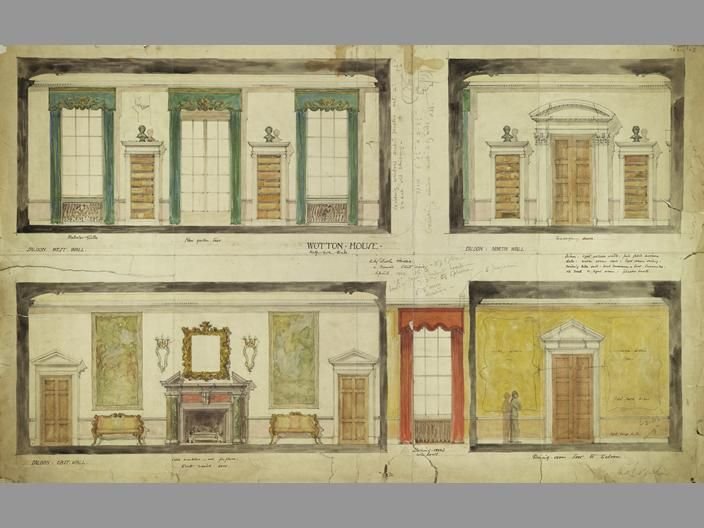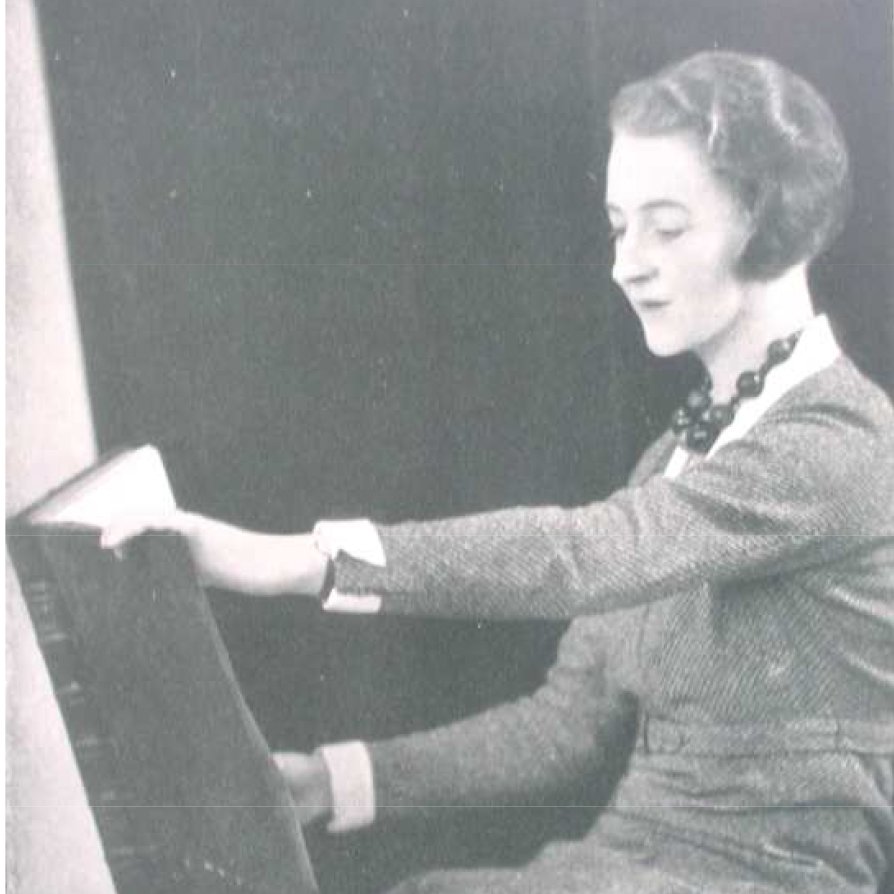8 Influential Female Architects Throughout History
Female architects have had to fight hard for equal opportunities in the architecture world due to the overwhelmingly male presence in the field. It is only over the last century that women in architecture have begun to be recognized and respected for their contributions in the built environment. Source believes in empowering women by giving a space to let their work be seen and their stories to be told. In honor of women’s history month, we want to highlight some of the women who have had a tremendous impact and influence on the history of architecture. These women have helped to pave the way for future generations of female architects through their perseverance, determination and grit. We honor them by telling their stories, and celebrating their work and influence.
Lady Elizabeth Wilbraham (1632–1705)
Lady Elizabeth Wilbraham is considered the UK’s first female architect, and although there is no written record, many believe Wilbraham designed around 400 buildings in her time. In 1632 Lady Elizabeth Wilbraham was born into nobility and later married Thomas Wilbraham, who was the heir to the baronetcy of Wilbraham in 1651. While on their honeymoon, Elizabeth met with Pieter Pos in the Netherlands, who is thought to be the creator of the Dutch Baroque architectural style. She met with various important architects throughout Europe and also studied the work of Palladio in Venice.
Marion Mahony Griffin (1871–1961)
Marion Mahony Griffin is known as one of the first licensed female architects in the world. Griffin studied architecture at MIT where she graduated in 1894, being only the second woman to graduate from MIT. After graduating , Marion spent much of her early career working for Frank Lloyd Wright where she strongly influenced the development of Wright’s Prairie style architecture and helped develop and expand the American Prairie School.
Elisabeth Whitworth Scott (1898–1972)
Born into an architectural dynasty, Elisabeth Whitworth Scott’s family had notable architectural works throughout the UK. Her great uncle George Gilbert Scott, founder of Watts & Co., designed the Midland Hotel at London’s St Pancras Station, while her second cousin Giles Gilbert Scott designed London’s famous Battersea Power Station. As if it were her destiny, Elisabeth became the first female architect in the UK to win an international architectural competition with her design for the Shakespeare Memorial Theater in Stratford-upon-Avon, which became the most public building in the UK designed by a female architect.
Dame Jane Drew (1911–1996)
Even as a child Dame Jane Drew was fascinated with architecture, as she would spend much of her time building things using bricks and wood. She later went on to study architecture at the Architectural Association School in London where she met her future husband Maxwell Fry, who was a forerunner in the field of modern tropical building and town planning. From 1944 to 1946 Drew was the assistant town-planning adviser to the resident minister for the British West African colonies. In 1946 Drew and Fry started the firm Fry, Drew and Partners in London, where they specialized in large-scale planning for tropical countries. The University of Ibadan in Nigeria is one of their notable works.
Lina Bo Bardi (1914–1992)
Lina Bo Bardi, an Italian architect who graduated from Rome College of Architecture in 1939, designed daring buildings that combined Populism with Modernism. In 1942 Bardi moved from Rome to Milan where she set up her own practice and a year later was invited to be the director of Domus, an architecture and design magazine. A few years later in 1946 Bardi moved to Brazil where she became fascinated with Brazilian vernacular design and how it could influence modern Brazilian architecture.
Norma Merrick Sklarek (1926-2012)
Norma Merrick Sklarek is known for being the first African-American woman to become a licensed architect in both California and New York, as well as the first Balck woman to become a member of the American Institute of Architecture (AIA). Sklarek also worked on many large projects such as the U.S Embassy in Tokyo, the Mall of America, and Terminal 1 at the Los Angeles International Airport.
Dame Zaha Hadid (1950–2016)
Undoubtedly one of the most successful female architects in history, Dame Zaha Hadid became the first woman to win the Pritzker Prize in 2004. Born in Baghdad, Hadid later received her diploma from the Architectural Association in London where she went on to receive many other awards including the Royal Institute of British Architects Stirling Prize, which she won twice. Queen Elizabeth II named Hadid the Dame Commander of the Order of the British Empire, the female equivalent to a knight. The year of her death, Hadid was awarded the RIBA Gold Medal which is Britain’s top architectural award. When she passed in 2016, she left a £67 million fortune.
Jeanne Gang (1964-Current)
First widely recognized for the Aqua Tower in Chicago, the tallest woman-built building in the world at its time of completion, Jeanne Gang went on to be the founder and leader of Studio Gang, an architecture and urban design practice with offices in Chicago, San Francisco, and New York. Gang has a unique approach to design that connects her projects to the surrounding environment and communities, making her one of the leading architects of her generation. Jeanne Gang will lead the historic expansion of the Chicago O’Hare International Airport with its new Global Terminal.
































